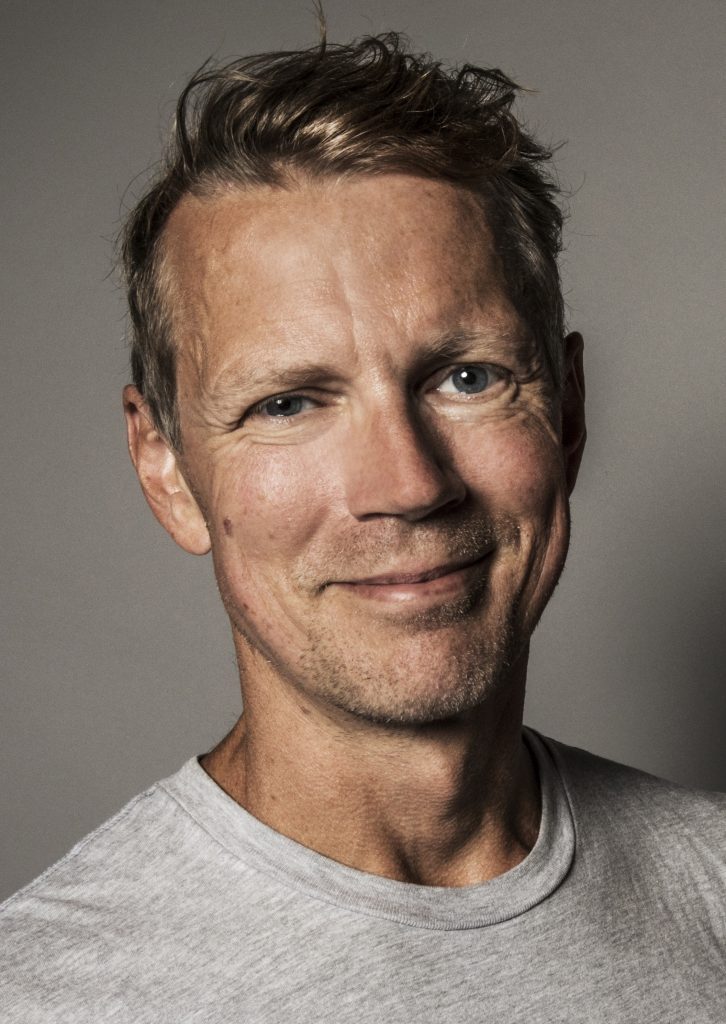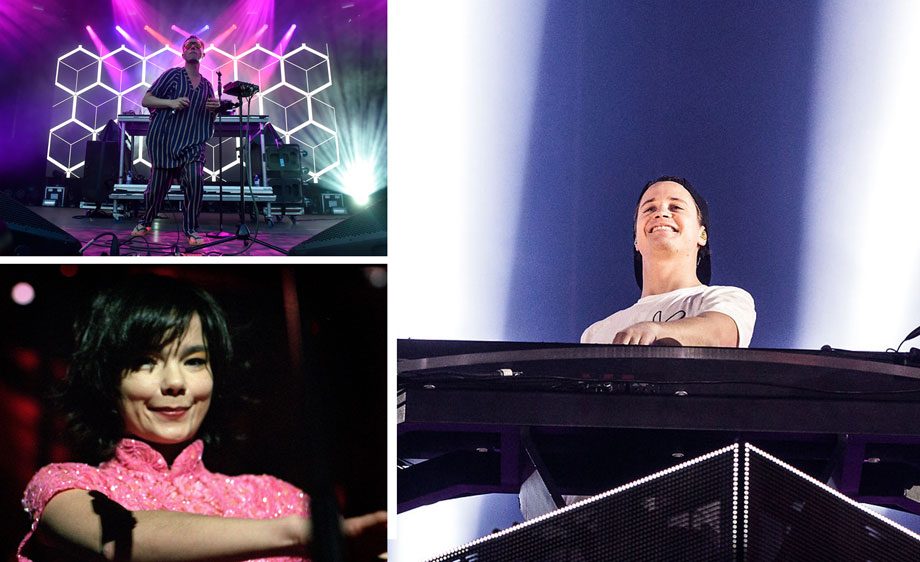The Nordic region and electronic music – are they really an obvious match?
Most definitely, says Fredrik Norberg, music buff and project manager with SVT. He points to two musical genres where Nordic countries are in a world-class position: Hard rock and electronic music.
Annual Report 2021
This article is part of the overview of the past year of Nordic collaboration.
Läs skandinavisk version av artikeln
Just think of Aqua from Denmark, Avicii from Sweden, Kygo from Norway, Gus Gus from Iceland, Bomfunk MC’s from Finland…
”Within these genres, we have world-famous names as well as innovators whose work has been ground-breaking. And while we’ve been good at covering hard rock and telling its stories in the media, the same can’t be said for electronic music,” Fredrik Norberg explains.
All Nordic providers bought into the idea
All that is about to change.
In spring 2021, Fredrik Norberg pitched his latest project, Nordic Beats, at the Nordvision Culture meeting. His proposal struck a chord, and DR, NRK, RUV and Yle have now joined in.
Fredrik Norberg envisions a tangible editorial collaboration across borders. As project manager with SVT, he already has extensive experience working with Nordic colleagues to create editorial content on music. For instance, he was heavily involved in the project Hitlåtens historia.
There are four main reasons why Fredrik Norberg wants to team up with passionate music editors from the other Nordic public service providers. First of all, this collaboration offers the best possible access to artists from each country.

”It’s always faster and safer to go through editorial team members who already have established contacts, especially when it comes to the biggest artists, and also the most artistic performers. These two groups tend to be the hardest ones to get on camera,” he says.
The second reason is that interviews an be conducted in the artists’ own native language. This makes for better interviews and ”a greater feeling of Nordic-ness”, as Norberg puts it.
Thirdly, the project can reduce the need to travel during a pandemic. And last, but not least: Fredrik Norberg quite simply enjoys cooperating across borders.
”Of course it’s a bit more complicated due to distances, language issues and different working methods, but the rewards outweigh the challenges. We learn from each other, and we often find more areas for cooperation along the way,” he says.
His list of reasons already suggests that Fredrik Norberg believes in the benefits of this collaboration. And, as mentioned above, he has had good experiences of getting together with other sharp Nordic minds on similar projects.
Being able to use each other’s archives – that’s a gigantic advantage!
Thomas Hedemann, DR
No predefined model of cooperation
However, when asked if he already has a working model for this type of cooperation, the answer is ”no”.
”I don’t see any fixed model that works all the time. It’s been a bit different on each occasion, depending on how many countries were involved, and who was in charge of what. The most important thing by far is that all the people who make the actual series are in complete agreement on what the end result should be, as well as who does what and who decides what. I’d say that being well-prepared and having good communication during the production are key elements. Along with a passion for the subject and that we dare to trust each other,” Fredrik Norberg adds.
For this music buff, it is obvious that the Nordic region is a goldmine for electronic music, even on an international scale. But to what extent is the wider audience aware of this?
”It’s common knowledge within the music industry and on the electronic scene, but for those who listen to this music but aren’t hard core fans, I don’t actually know if they realise these are Nordic artists. After all, they don’t tend to market their stuff by putting their faces on it, and stage names rarely tell us where the artists are from. Except for Swedish House Mafia, of course,” he says.

Definitely a public service project
Fredrik Norberg already has some theories what has enabled electronic music to reach such great heights in the Nordic region.
”These are well-off countries with access to instruments, technology, connectivity, musical associations, education and so on. And in musical terms alone, there’s also a strong melodic tradition in all of the Nordic countries as well as a melancholic vibe in most of the things we do.”
It is clear to Fredrik Norberg that this is a public service matter.
”I really don’t think that any commercial company would choose to produce a series on Nordic electronica. There’s nothing here to draw in advertising sponsors or any prospects of huge ratings. Also, public service is a guarantee for well-informed music journalism and quality TV, because we have always covered culture and music, in today’s programmes as well as historically.”
At DR, producer of cultural content Thomas Hedemann looks forward to joining the real collaboration.
”First of all, it’s great on a more general level that we can join forces around a common trait in the Nordic countries. Because music is something that transcends national borders,” says Thomas Hedemann, as he recalls the cross-border musical portraits he has helped produce in the past.
Archives offer invaluable benefits
As noted above, a tradition of cooperation is already in place.
Thomas Hedemann hopes that Nordic Beats will help to solve one of the greatest challenges faced by editorial teams for culture right now: how are they going to get things right for streaming?
He also sees several benefits:
”There are some geographical advantages when DR can conduct their interviews in Denmark and so on. Besides, we’ll be sharing our knowledge and knowhow as the project progresses. And we must not forget the access to archive materials found in public service. Being able to use each other’s archives – and using them to create new constellations of content that the viewers maybe haven’t seen a thousand times before – that’s a gigantic advantage!”
The project is set to get underway for real during the first six months of 2022.
”This will be an homage to music,” says Fredrik Norberg, as he looks forward to pressing ‘play’.
Fredrik Norberg’s personal Spotify playlist of electronic music from the Nordic region:
NORDICS BEATS (SVT)
Real co-production between SVT, NRK, DR, Yle and RUV
Development support from the Nordvision Fund: EUR 10,000 in spring 2020. In spring 2021, SVT received SEK 733,000 in production support from the fund, while NRK received NOK 350,000. The editorial collaboration began in early 2022, and the production has its preliminary premiere in 2023.




